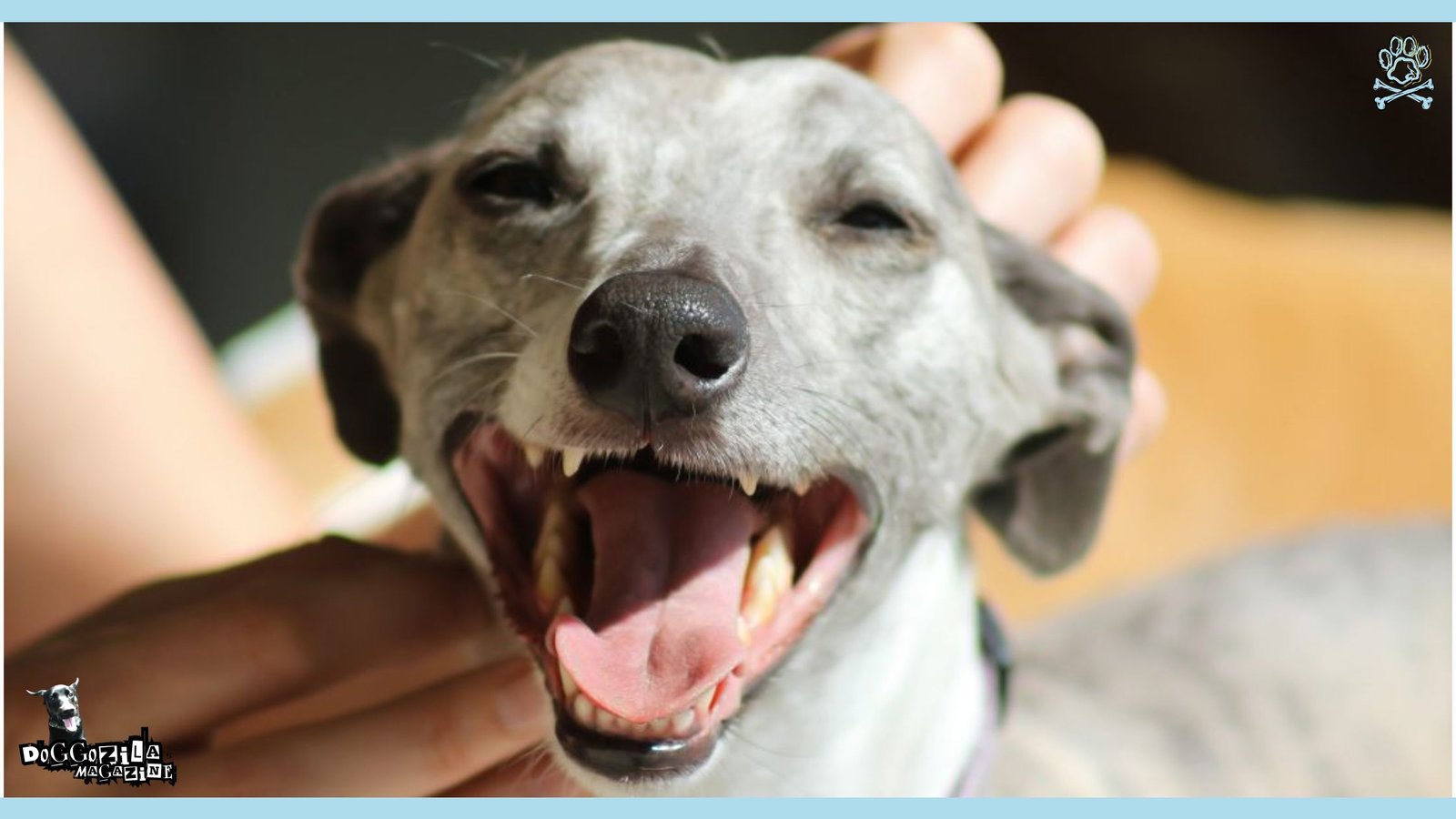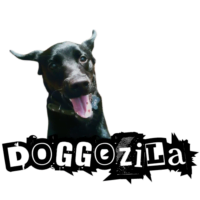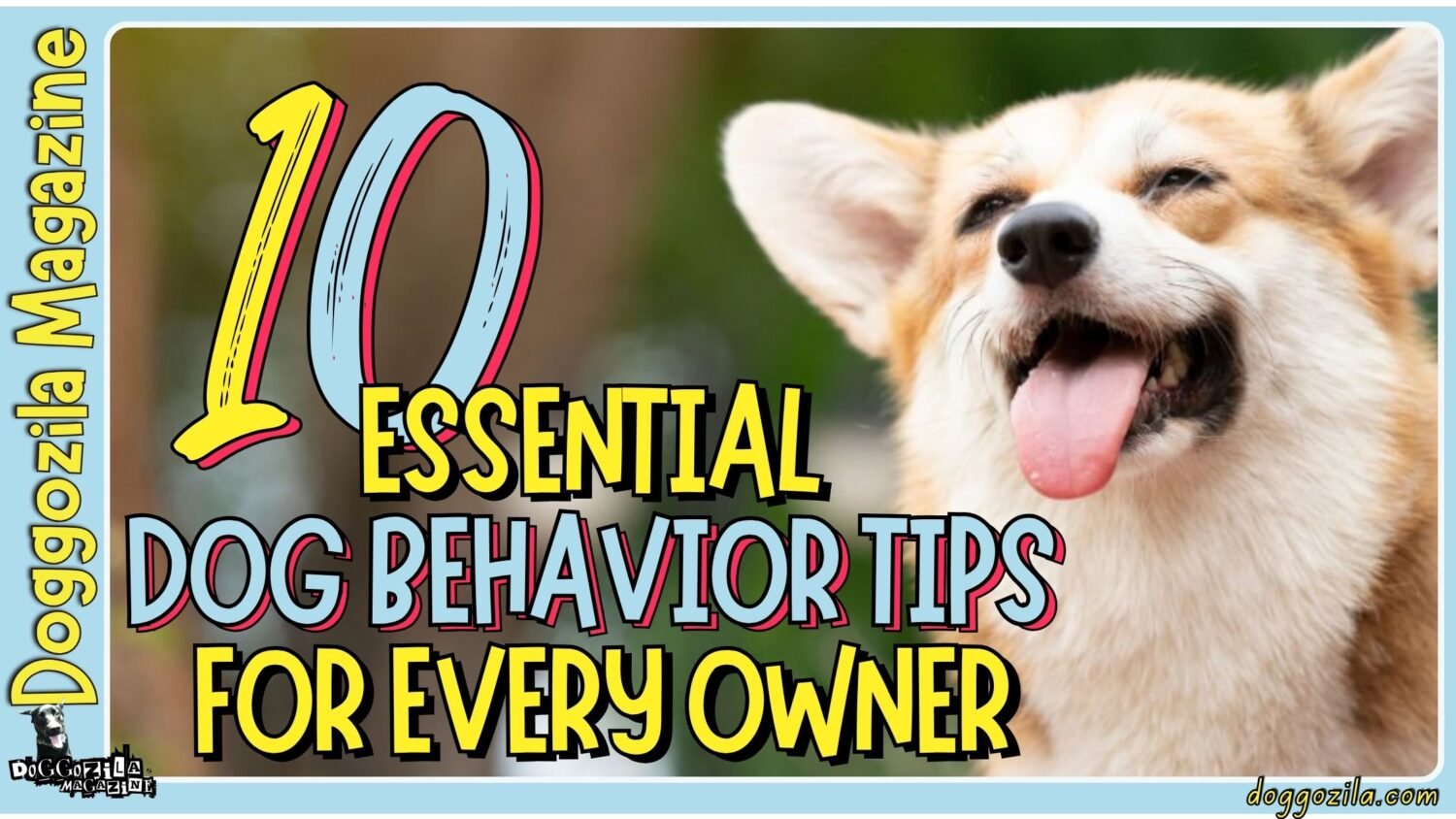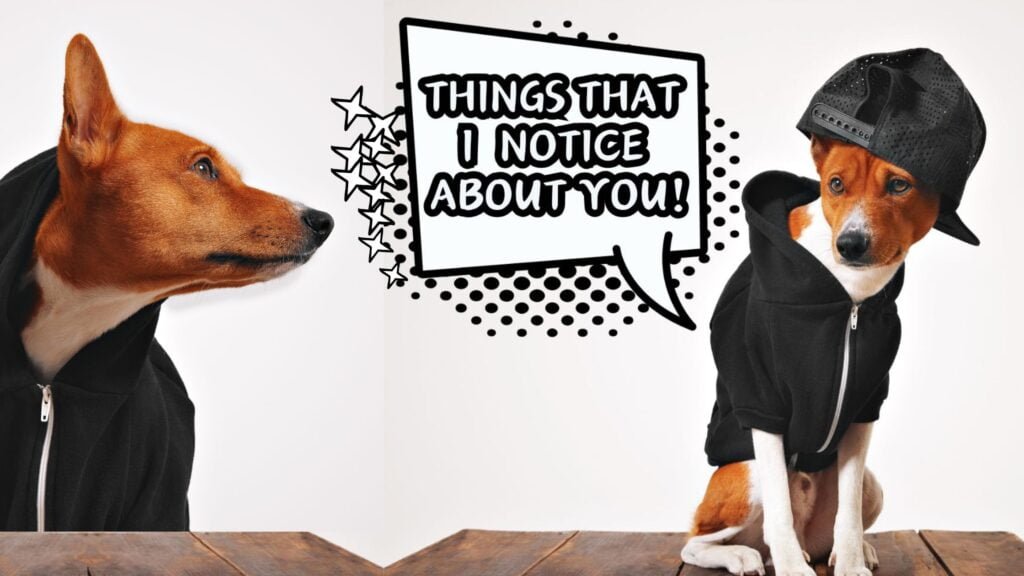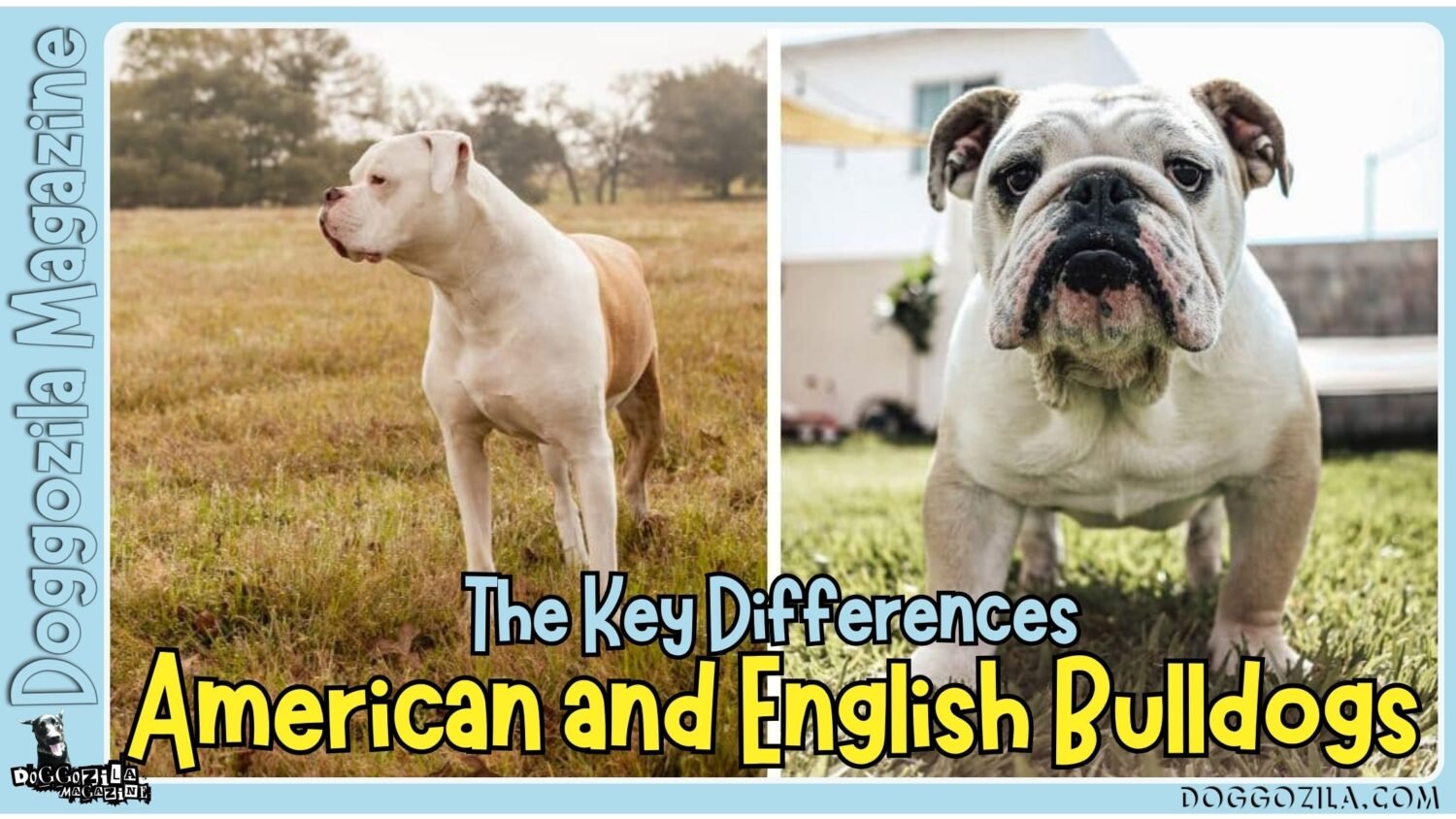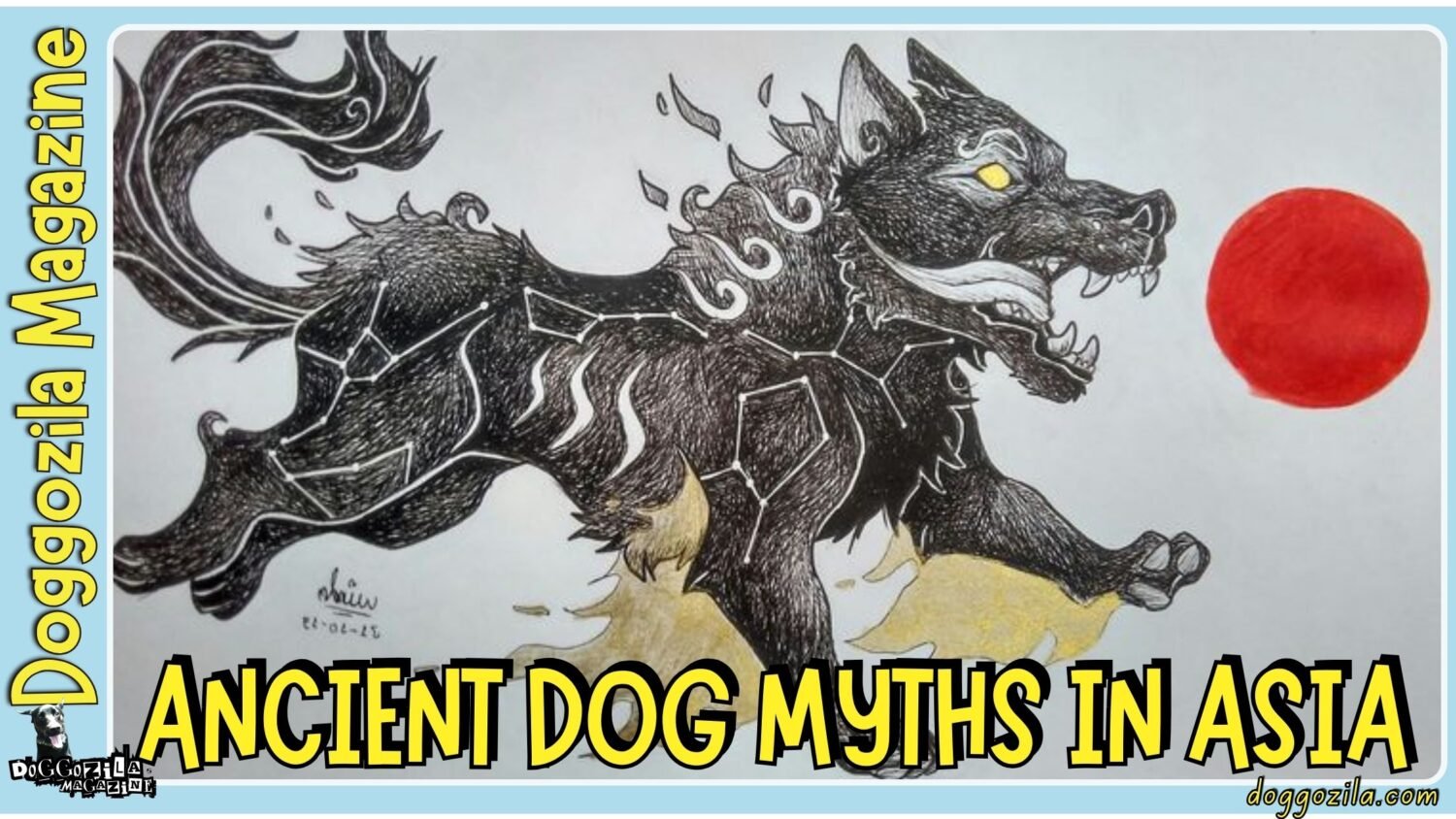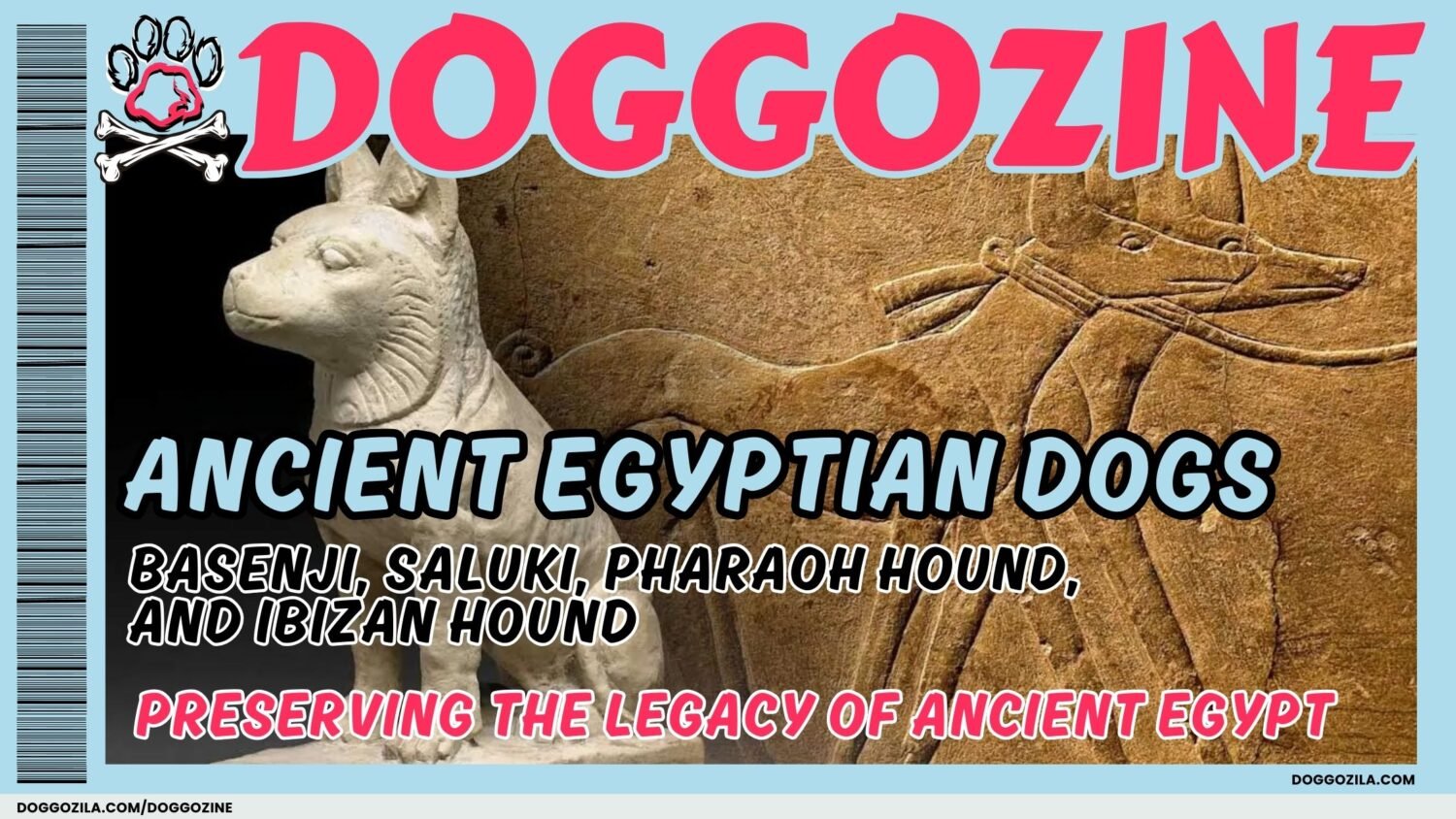Dog expressions have long fascinated dog owners, who frequently find themselves chuckling at the amusing faces their pets make. From exaggerated yawns to comical head tilts, these expressions are not just endearing; they also provide insight into a dog’s emotional state and personality. The phenomenon of dogs making funny faces transcends specific breeds or individual traits, appealing to a wide audience of dog lovers who share images of these moments across social media platforms.
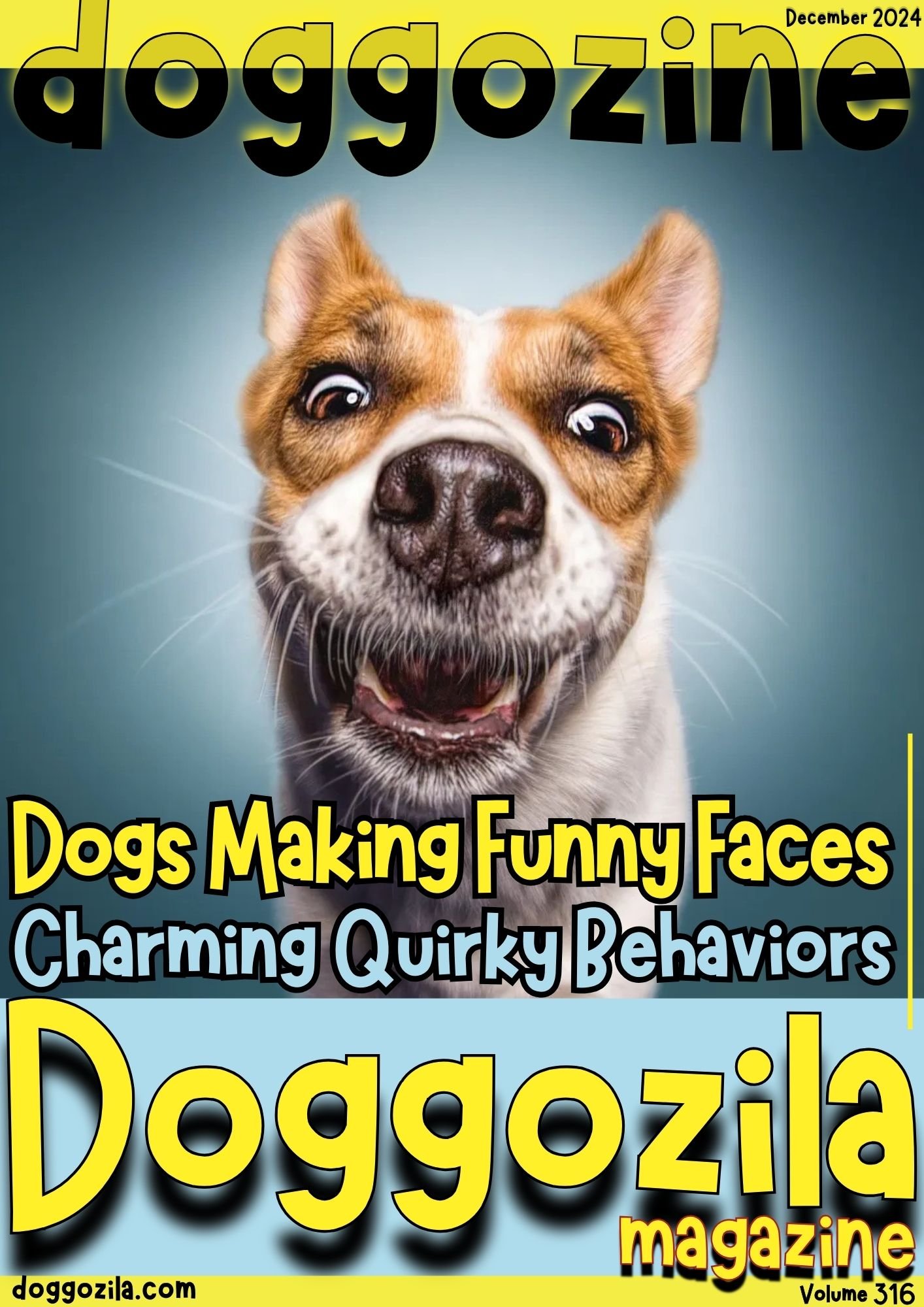
WHY DOGS ARE MAKING FUNNY FACES?
The ability of dogs to communicate through facial expressions is inherently linked to their domestication. Over thousands of years, dogs have evolved alongside humans, developing a unique set of expressions that resonate with us on an emotional level. This connection often results in dog owners anthropomorphizing their pets, attributing human-like emotions and intentions to their behavior. Such interactions often amplify the allure of dog expressions, as it creates a joyful rapport between dog and owner. Moreover, the charm of these funny faces that dogs are making extends beyond just their immediate humor.
Introduction To the Funny Expressions That Dogs Are Making with Their Faces
Many pet owners report feeling an enhanced bond with their dogs when they observe these quirky expressions, which often elicit laughter and affection. This shared experience can foster deeper emotional connections, as both parties engage in a form of nonverbal communication that is rich in significance.
These facial expressions can denote a range of emotions, from joy and excitement to confusion or curiosity, making the interpretation of each pose an intriguing undertaking.
As we delve further into the diverse array of dog expressions, a deeper understanding of why dogs exhibit these behaviors may become clear. It is essential to explore the motivations behind such delightful moments, as well as the implications they hold for the owner-pet dynamic.
Understanding the Dog Body Language
Dogs, as social animals, communicate largely through body language. Understanding these signals is crucial for interpreting their emotions and intentions. One primary indicator of a dog’s mood is tail wagging. The position and speed of the wag can reveal much about what a dog is feeling.
For instance, a high and fast wag typically indicates excitement or happiness, whereas a slow wag, especially if held low, could suggest insecurity or submission. The direction of the wag also plays a role; dogs often wag their tail to the right when feeling positive, and to the left when feeling negative.
Equally important are the ears. The positioning of a dog’s ears can provide significant insight into its emotional state. Ears held erect and pointed forward can signify alertness or curiosity, whereas ears that are held back against the head might indicate fear or submission. Understanding the subtle differences in ear positioning can aid in assessing a dog’s comfort level in a given situation.
Funny Expressions That Dogs Are Making with Their Faces Usually Speak to Us
Facial expressions further enrich the language of dogs. A relaxed jaw and slightly open mouth can indicate contentment, whereas a tight jaw and showing of teeth may denote aggression or stress. Additionally, dogs will often exhibit what is known as a “play bow,” where they lower their front legs and keep their rear end elevated; this gesture is a clear invitation to play, revealing a dog’s friendly demeanor.
Moreover, a dog’s eyes can add depth to communication. Soft, relaxed eyes typically signal comfort and relaxation, while wide, staring eyes may indicate fear or a challenge. Recognizing these signals fosters a better understanding between humans and dogs, as it allows us to interpret their feelings more accurately. Therefore, being attuned to dog body language helps in building a stronger bond with these remarkable companions.
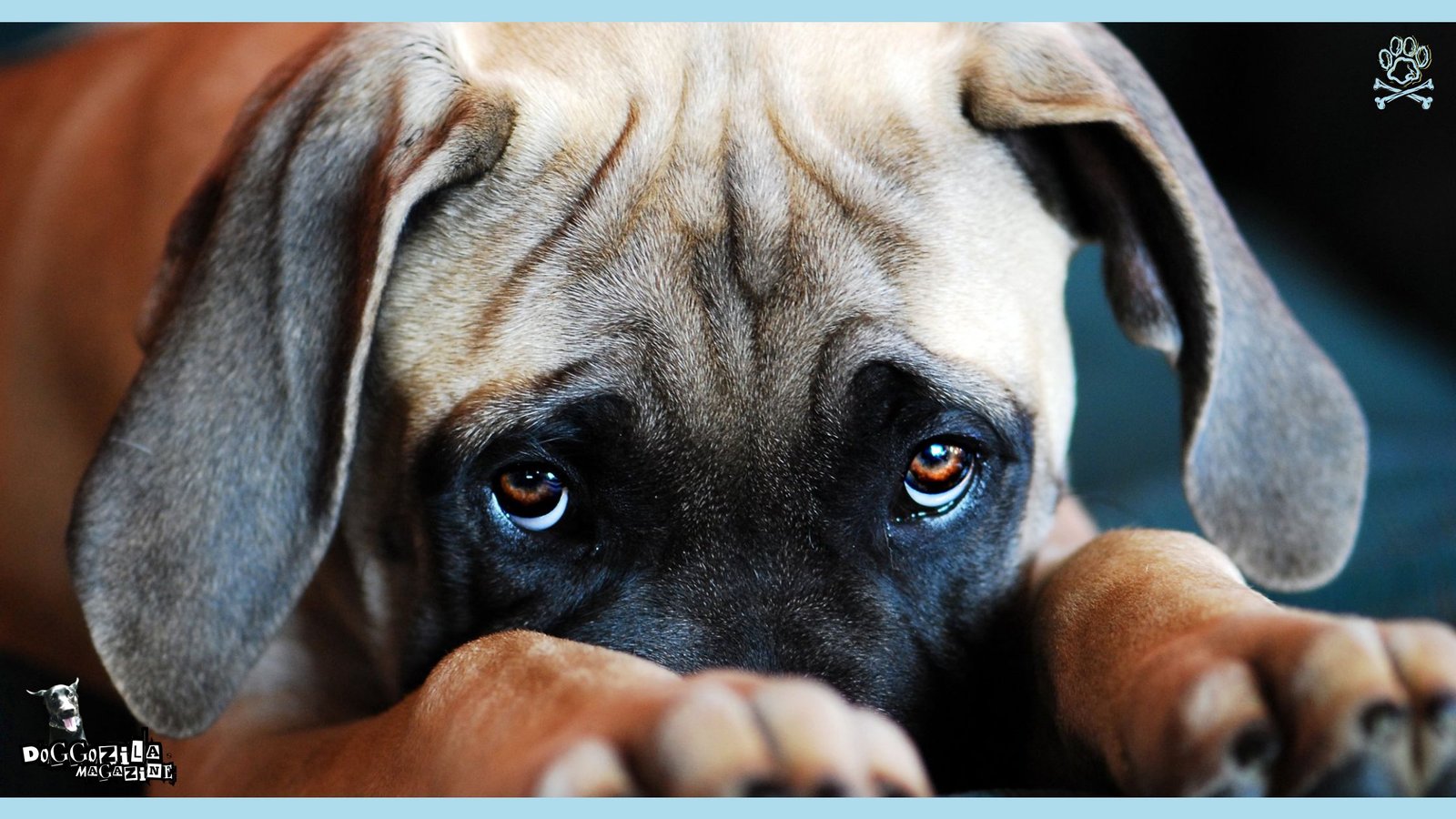
THE SCIENCE OF DOG EMOTIONS
The emotional landscape of dogs is a subject of increasing interest among researchers, pet owners, and animal behaviorists alike. Dogs are known to experience a range of emotions that include joy, curiosity, excitement, and even anxiety. Understanding these feelings is crucial not only for enhancing the human-animal bond but also for providing optimal care for our furry friends.
The Big Puppy Eyes
Studies have shown that dogs exhibit complex emotional responses similar to those of humans. For instance, when dogs see their owners after a period of separation, they often display overt signs of joy, including wagging tails, excited jumping, and unique facial expressions that can indicate happiness.
Research indicates that dogs have a particular brain region dedicated to processing emotions, suggesting that their capacity for feeling extends beyond basic instincts. Recent findings have also illuminated how dogs communicate their emotional state through facial expressions. Dog facial recognition can reveal various feelings.
For example, the “the big puppy eyes” effect—where dogs raise their inner eyebrows—can create a more endearing appearance that elicits empathy from humans. This expression may indicate a desire for attention or affection, showcasing the depth of their emotional intelligence.
Dogs Making Funny Faces Are Genuine Reflections of Their Feelings
Curiosity is another prominent emotion in dogs that often manifests in playful interactions and exploratory behaviors. When encountering new stimuli, dogs may tilt their heads or perk up their ears, indicating engagement with their environment.
The excitement they exhibit during playtime also reflects a joyful emotional state, prompting them to engage in various antics that might lead to amusing facial expressions.
Understanding the science of dog emotions enriches our interaction with them, proving that the facial expressions they display are genuine reflections of their feelings, revealing the intricate emotional world that dogs inhabit.
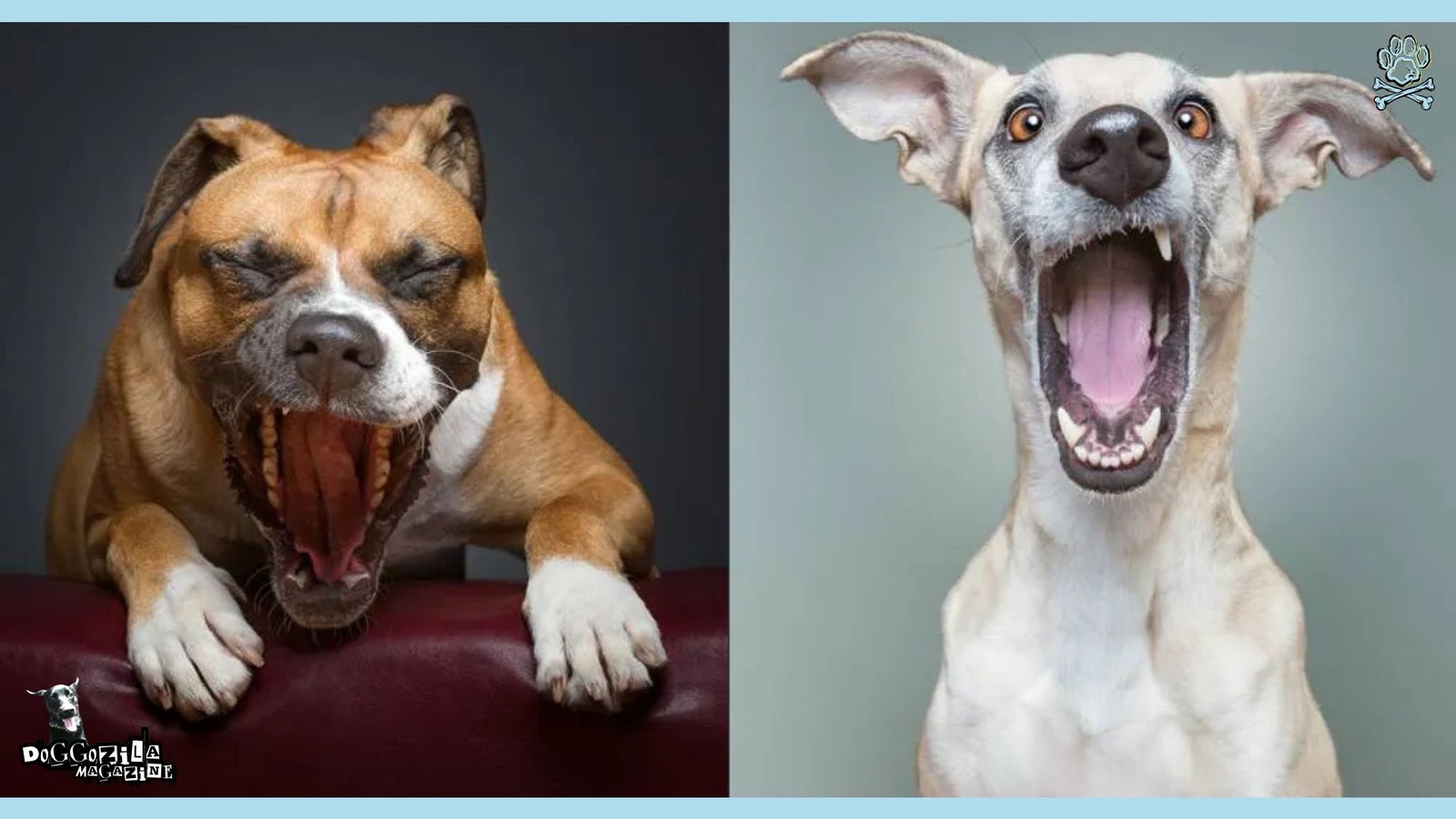
COMMON SCENARIOS FOR THE FUNNY FACES THAT DOGS ARE MAKING
Dogs are known for their expressive personalities, and the funny faces that they are making often emerge in various scenarios throughout their daily lives. There are three scenarios where you can see these silly dog expressions that always light up our mood.
Dogs are Making Funny Faces During Playtime
One common situation in which dogs make these funny and amusing expressions with their faces is during playtime. As dogs engage in playful antics, their emotions are vividly displayed on their faces.
When a dog plays fetch and excitedly retrieves a toy, it might showcase a wide-eyed look combined with an open mouth, seemingly carrying a joyous grin. This moment captures the pure exhilaration of the game, inviting laughter and camaraderie from their human companions.
Dogs Are Making Funny Faces for New Sights or Smells
Another scenario that prompts funny faces in dogs is when they encounter new sights or smells. Dogs are naturally curious creatures, and their reactions to unfamiliar stimuli can be quite entertaining. Upon discovering a strange object or a new aroma, many dogs raise their eyebrows and tilt their heads, creating an adorable and bewildered expression.
Such moments often lead to humorous anecdotes shared among pet owners, as they observe their dogs processing the novel experiences. These funny faces not only reflect their personalities but also highlight their unique ways of exploring the world around them.
Dogs Are Making Funny Faces When Relaxing at Home
Furthermore, dogs also are making funny and intriguing faces when they are feeling relaxed at home. When lounging on the couch or sprawled out on a sunny spot in the yard, many dogs adopt an array of expressions that can elicit smiles. A dog’s face may relax and take on a peaceful, content look, sometimes with a tongue lolling out in pure bliss.
These moments of tranquility contrast sharply with their playful demeanor, illustrating the duality of a dog’s character. Overall, whether engaged in play, exploring the environment, or relaxing at home, dogs frequently exhibit a range of funny faces that delight and entertain their human companions.
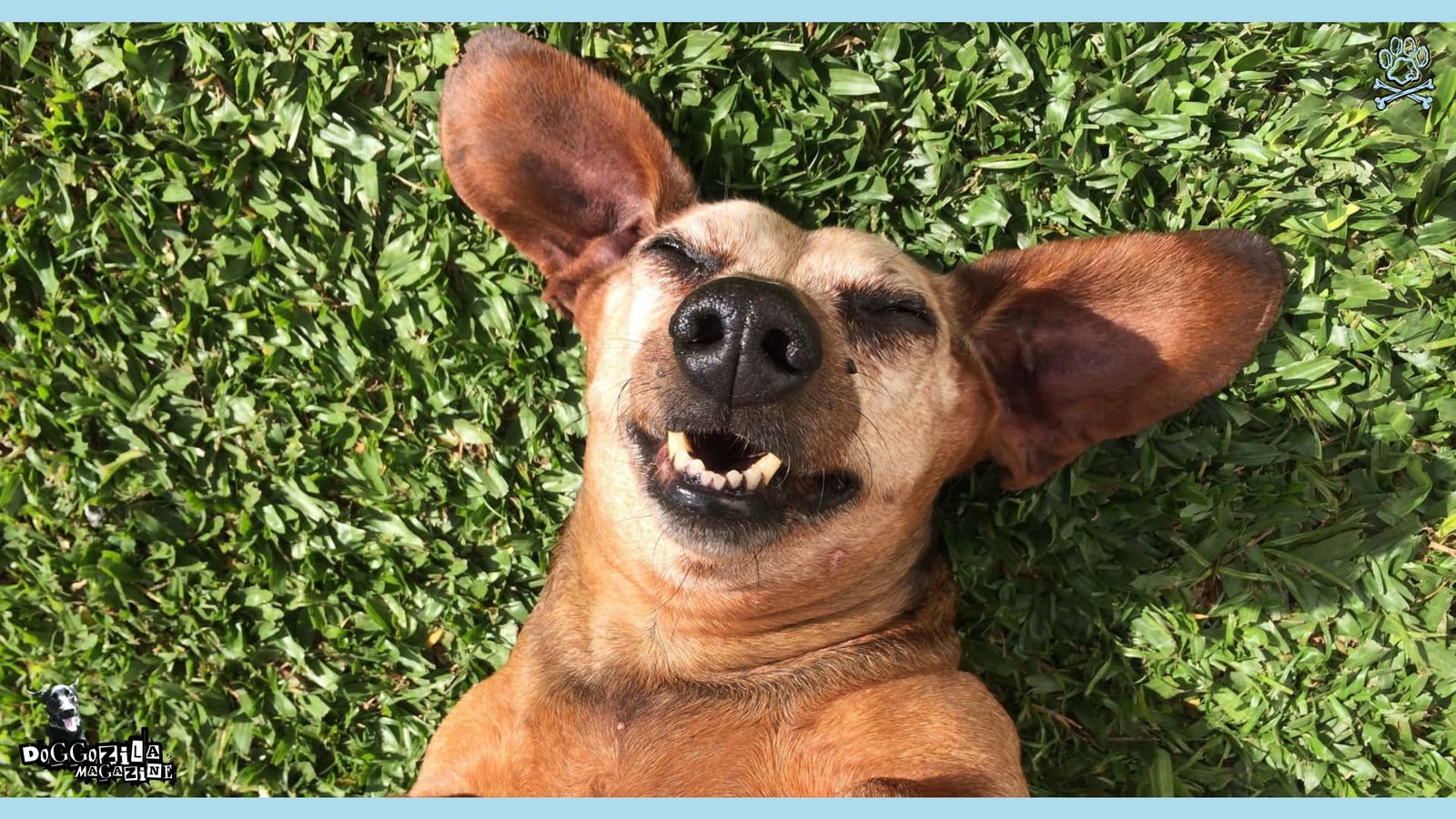
THE ROLE OF HUMAN INTERACTION
The relationship between humans and dogs is profound and often characterized by a unique form of interaction that significantly influences dog behavior and expressions. Dogs are naturally attuned to human emotions, exhibiting an ability to read facial cues and body language. This sociable nature allows them to mirror the feelings expressed by their human companions, which can manifest in a variety of amusing and sometimes comical facial expressions.
Dogs And Humans Can Communicate Emotions Without Words
Research indicates that dogs possess an innate capacity to empathize with people, as they are adept at interpreting human emotional states. This mirroring phenomenon often results in dogs displaying similar expressions to those exhibited by their owners.
For instance, when a person smiles or laughs, a dog might respond with an excited demeanor, showcasing a funny face that reflects happiness. Such interactions bolster the human-animal bond and highlight a mutual understanding, whereby dogs and humans can communicate emotions without words.
Furthermore, positive reinforcement plays a crucial role in shaping a dog’s behavior. When owners encourage specific actions or expressions through treats or praise, dogs are more likely to replicate these behaviors, leading to the development of funny antics.
For example, if a dog receives a reward for tilting its head while its owner laughs, it may continue to perform this act in future interactions, thus creating a cycle of amusing expressions fueled by human response.
This dynamic not only entertains but also strengthens the bond between the pet and its owner, reinforcing the notion that dogs are not merely pets but valued family members who thrive on social interaction.
Why Do We Find It Funny When Dogs are Making These Faces?
The phenomenon of finding humor in the expressions of dogs can be attributed to several psychological factors that underline the bond between humans and these animals. From a psychological standpoint, laughter often arises from surprise or incongruity, which can be seen in the amusing faces dogs make.
Their exaggerated expressions, such as tilted heads or droopy eyes, create a sense of peculiarity that catches our attention and elicits laughter. This phenomenon also relates to the concept of anthropomorphism, where humans attribute human-like qualities and emotions to animals.
When dogs are making funny faces, it is easy for owners to perceive them as displaying emotions similar to those of humans, enhancing the humor of the situation. Moreover, these interactions foster a deeper connection between humans and dogs.
Dogs Making Funny Faces Is a Significant Component in The Dynamics of Affection
Studies have shown that shared laughter, even when directed toward animals, can strengthen the emotional bond between an owner and their pet. The joy that emerges from these light-hearted moments contributes to overall well-being for both parties. Additionally, the facial expressions of dogs can serve as emotional cues, allowing owners to understand their pets better.
This understanding culminates in a more playful interaction, wherein laughter ensues naturally, reinforcing the joyous facets of companionship. Furthermore, the playful interaction often results in a feedback loop of positive emotions. The laughter elicited by dog antics often makes the animal feel more comfortable, encouraging them to exhibit even more humorous expressions. As a result, owners are consistently rewarded with amusing moments, thus perpetuating a cycle of joy in the human-dog relationship.
Such interactions highlight the importance of humor in these bonds, making the observation of dogs making funny faces not just amusing, but a significant component in the dynamics of affection and companionship between humans and their dog counterparts. In conclusion, the blend of surprise, anthropomorphism, and emotional bonding contribute to our delight in the comical faces of dogs.
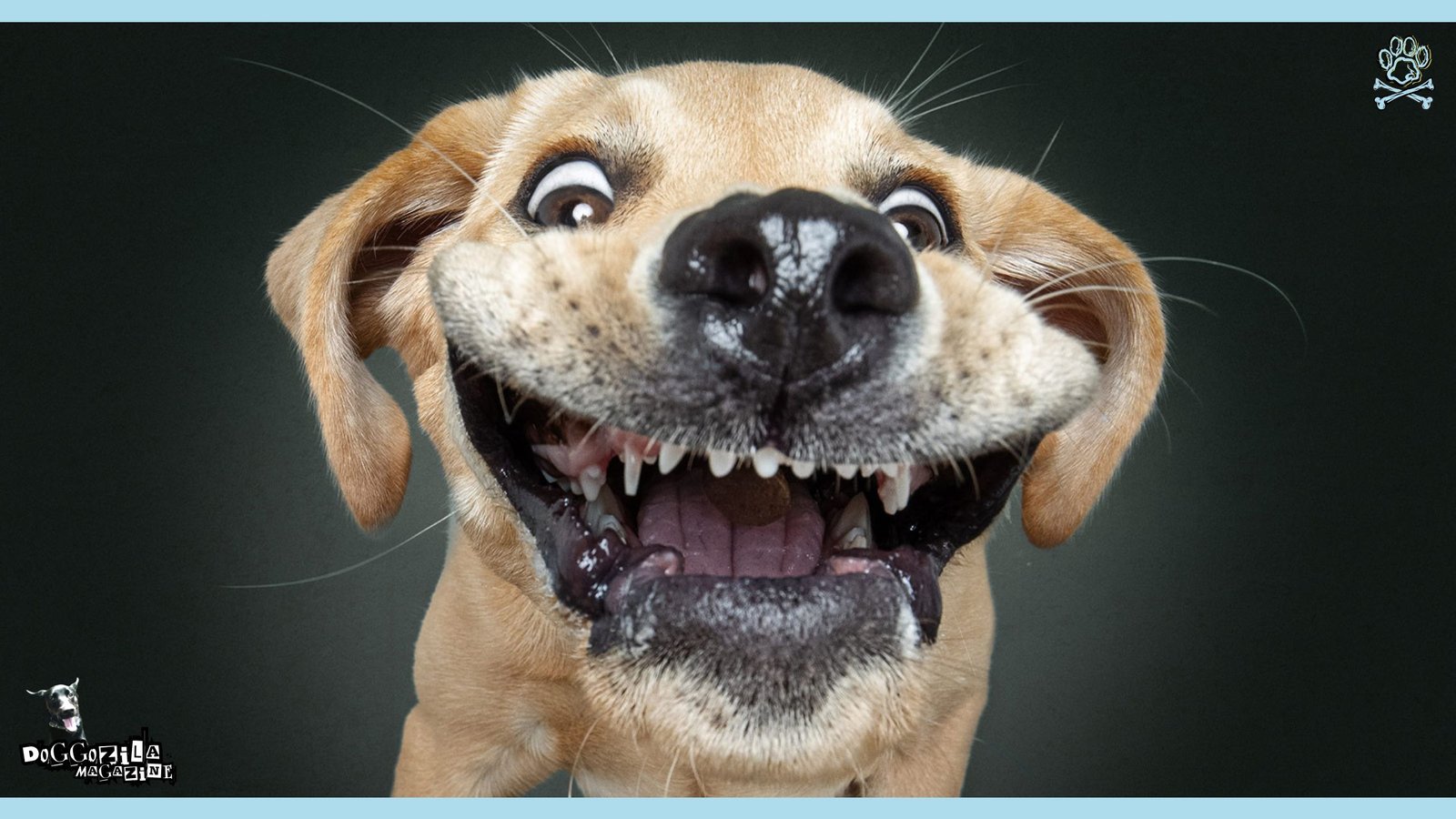
DOGS FUNNY FACES: WHAT IS MAKING THEM SPECIAL?
Dogs possess a remarkable ability to express a wide range of emotions through their faces, which can lead to amusing and endearing moments. These “funny faces” that our dogs are making stem not only from individual characteristics but also from innate physical traits that enhance their expressiveness.
The Famous Sad Puppy Face
One key element is the structure of a dog’s face; breeds like Pugs, Bulldogs, and Basset Hounds have distinct facial features, including short muzzles and droopy eyes, that naturally create a comedy of expressions, like the classic “sad puppy face.”
Another significant aspect contributing to the making funny faces of dogs is the muscular makeup of their faces. Similar to humans, dogs have facial muscles that allow them to manipulate their facial expressions effectively.
For instance, when a dog raises its eyebrows, it can give an appearance of curiosity or pleading, which is often met with laughter or affection from their human companions. This manipulation of muscles, combined with various head tilts and tongue exposure, creates visually amusing representations of emotions.
Humorous and Expressive
Additionally, context plays a vital role in the funny faces that dogs are making. Often, these expressions are amplified when they engage in play or receive attention from their owners, leading to exaggerated facial movements that are both humorous and expressive.
Scientists suggest that these expressions may have evolved as a form of communication between dogs and humans, allowing them to showcase happiness, loneliness, or excitement. In situations where they feel comfortable, dogs exhibit carefree behaviors that further amplify their funny faces, solidifying the strong bond they share with their human counterparts.
Through a combination of physical traits, muscle movements, and contextual factors, dogs are able to create a repertoire of funny faces that evoke smiles and laughter in those who observe them. This inherent ability continues to deepen the connection between dogs and humans, enriching our shared experiences and mutual affection.
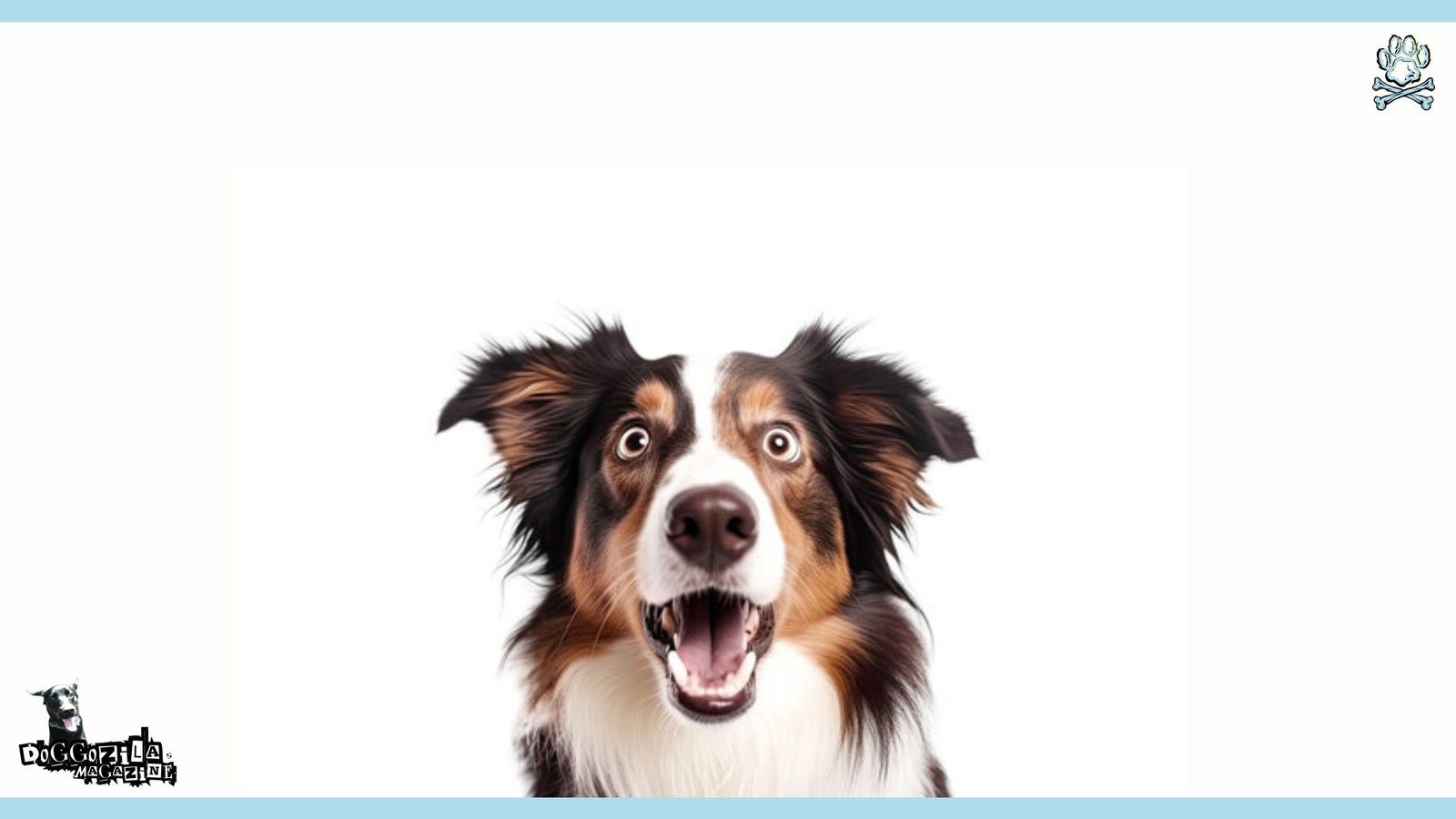
EMBRACING THE QUIRKS OF OUR DOGS
In our exploration of canine behavior, particularly the phenomenon of dogs making funny faces, we have uncovered essential insights into the unique ways dogs communicate and express their personalities. It is clear that these amusing facial expressions are more than just entertaining; they serve as a window into the emotional lives of our furry friends.
Enjoy in the Mystery of Your Dog’s Humor
Dogs often utilize their facial muscles to convey various emotions, such as excitement, curiosity, or even confusion. These expressions not only engage us as pet owners but also deepen the bond we share with our pets. Understanding that dogs making funny faces can signify contentment or joy highlights the importance of being attuned to their needs and feelings.
This awareness fosters a more satisfying relationship between dogs and their owners, ultimately leading to happier lives for both parties. Moreover, by embracing the quirky traits of our dogs, we celebrate the individuality that each pet brings into our lives.
Each hilarious grimace or expressive gaze can be viewed as a testament to the personality of our dogs, reminding us of the joy they contribute to our everyday experiences.
Charming Quirky Behaviors from Delightful Creatures
The laughs and smiles elicited by these quirky behaviors can serve as a reminder to appreciate those fleeting moments that encapsulate the essence of what it means to share our lives with such delightful creatures. Shortly, the funny faces that our dogs are making is not merely source of entertainment but an important expression of their unique personalities and emotional states.
By recognizing and appreciating these moments, we can foster a deeper connection with our dogs, celebrating the charming quirks that make them truly special members of our families. In reflecting on the captivating subject of the humorous expressions exhibited by dogs, we recognize the multifaceted nature of our furry friends.
As explored throughout this article, these amusing faces are more than mere manifestations of expression; they encapsulate a range of emotions and thoughts that contribute to the unique bond shared between humans and dogs.
The joy that dogs bring into our lives is mirrored in their funny facial antics, which become a source of happiness even in our mundane routines. Their gestures often elicit smiles and laughter during moments when we least expect, highlighting the positive effects of canine companionship.
